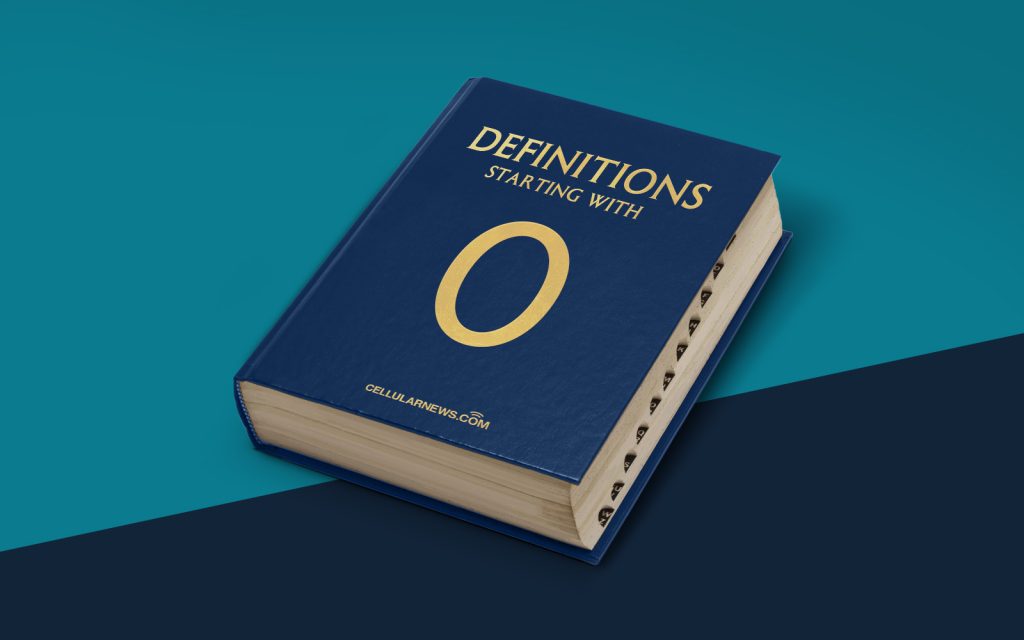
Understanding Object-Relational Databases (ORDs)
As technology continues to advance, so does the need to efficiently store and manage large amounts of data. This is where databases come into play. One type of database that is gaining popularity is the Object-Relational Database (ORD). In this article, we will explore what an ORD is and how it differs from other types of databases.
Key Takeaways:
- An Object-Relational Database (ORD) combines the features of both object-oriented and relational databases.
- ORDs offer the advantages of flexibility, scalability, and ease of use, making them suitable for a wide range of applications.
What is an Object-Relational Database?
An Object-Relational Database (ORD) is a type of database that combines the features of both object-oriented and relational databases. It is designed to handle complex data and relationships by allowing you to store and manipulate data in a structured manner, while also providing the flexibility and power of object-oriented programming.
In a traditional relational database, data is stored in tables with rows and columns. Each row represents a record, and each column represents a specific attribute of that record. This structure works well for simple data, but it can become cumbersome when dealing with complex data structures or relationships. Object-oriented databases, on the other hand, store data in objects with properties and methods, providing a more natural way to represent and manipulate complex data.
An ORD bridges the gap between these two models by allowing you to store and manipulate objects directly in the database, while still maintaining the integrity and efficiency of a relational database. It extends the relational model by introducing new data types such as arrays, sequences, and user-defined types, and supports complex data structures like nested objects and collections.
By combining the best features of both object-oriented and relational databases, ORDs offer a number of advantages:
- Flexibility: ORDs allow you to store and manipulate complex data structures, making them suitable for applications that deal with hierarchical or nested data.
- Scalability: ORDs can handle large amounts of data and support multiple users concurrently, making them well-suited for enterprise-level applications.
- Ease of Use: ORDs provide a simple and intuitive way to work with data, allowing developers to focus on the application logic rather than the database implementation details.
In conclusion, an Object-Relational Database (ORD) combines the features of both object-oriented and relational databases to provide a powerful and flexible solution for managing complex data. Whether you are building a small application or a large enterprise system, an ORD can help you efficiently store and retrieve data while maintaining the integrity and scalability of your database.
